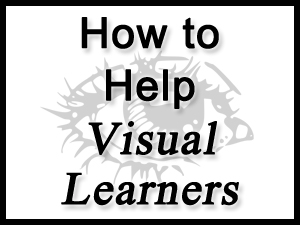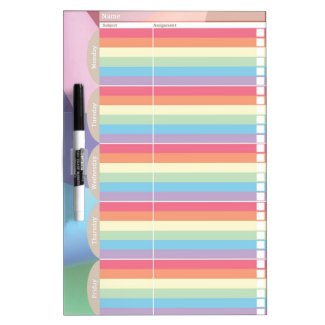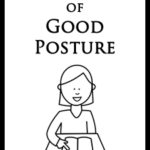
To visual learners, seeing is everything. They observe things with their eyes that other learners don’t even notice. They can blend colors beautifully, notice distinct details, and have a vivid imagination.
As I explained in the first post in this series on Visual Auditory Kinesthetic Learning Styles, it’s a good idea to be aware of your child’s learning styles. That knowledge helps you to teach more easily and effectively. You can adapt the curriculum you’re using to work well with your child’s brain.
Visual learners have their own unique traits and style of learning. I’m going to share with you the characteristics which make them who they are as well as methods you can use when teaching them. Hopefully this knowledge will help you to succeed in teaching your visual learner.
*This post contains paid links. I earn a small commission from the sale of products purchased via these links. Please see my disclosure for details.
Characteristics of Visual Learners
Below is a list of traits that a visual learner can have. Not all of these characteristics will be true of all visual learners. If you find that the majority of them are true for one of your children, then the visual learning style is likely his dominant modality.
Visual learners:
- like to read
- enjoy colors
- are neat and organized
- have good handwriting
- prefer quiet
- would rather observe than act or talk
- are good at spelling
- remember by seeing pictures or graphics in their heads
- are good at focusing
- like to doodle
- pay attention to details
- remember faces better than names
- enjoy visual art
- prefer to plan in advanced
- close their eyes to remember or visualize things
- daydream
Tips for Helping Visual Learners
Here are some methods you can use to help a visual learner succeed.
- Use visuals such as graphics, charts, maps, diagrams, flow charts, globes, and images
- Color code things including subjects, words, and concepts to make them stand out
- Highlight, circle, or underline important concepts using colors
- Encourage your child to take notes
- Point out visual patterns
- Give written directions
- Have your child draw a picture
- Tell your child to picture the concept in his mind
- Use outlines with your child or have him write an outline
- Use multi-media such as videos and computer
- Give your child lists
- Use flashcards
- Let him observe a demonstration
- Use gestures when explaining verbally
- Let your child study in a quiet place
- Encourage your child to picture spelling words in his head
- Have him diagram or label sentences
- Encourage him to keep a journal to write down his ideas and inspirations
When it comes to organizing your visual learner’s day, you probably want to color coordinate subjects for him. Daily lessons can be listed on a color coded weekly planner like the dry-erase one on the right or on a printed planner.
Other helpful items to use with visual learners include:
- colorful bookmarks
- labels
- Post-It notes
- colored pencils
- highlighters
- color coded notebooks
- color coded folders
- colorful dry-erase markers
for demonstrating on a whiteboard
To learn more about the other Visual Auditory Kinesthetic learning styles, click on the links below.







